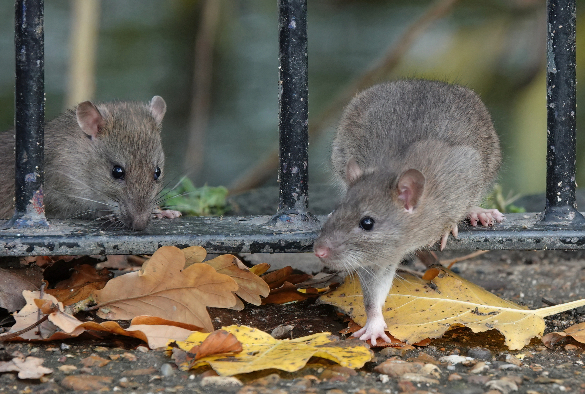
A team of scientists from the University of Liverpool and the University of Cordoba, Spain have published research which provides new insights into how female rats communicate through scent.
Surprisingly little is understood about communication in complex rat societies, although rats are a major global pest and insights into their behaviour could help to improve humane and effective control. In particular, little is known about chemical communication among females or the molecular complexity of scent marks they deposit liberally around their environment.
It’s widely accepted that females advertise their sexual receptivity to males and that mothers communicate with offspring through scent. However, recent research by scientists reveals that chemical communication is also important between female rats, most likely mediating both competition and cooperation that determines individual reproductive success.
In a paper published in Proceedings of the National Academy of Sciences (PNAS), researchers show that female rats are intensely interested in gaining scent information about other females and their sexual receptivity. The chemical makeup of female scent marks, which are targeted to stimulate uptake of information by other females, reveals layers of complexity in female rat signalling that were previously unknown.
Guadalupe Gómez-Baena, Associate Professor & Senior Lecturer, University of Córdoba and Postdoctoral research fellow, University of Liverpool said: “The intense interest in female scents by both the same and opposite sex will be of broad interest to the large scientific community using this model species for basic biological and biomedical research. Their accessibility makes the rat an ideal model to further investigate the molecular and cognitive mechanisms that underpin complex female social signalling.”
This results described in this paper are part of a wider project led by Professor Jane Hurst, from the Institute of Infection, Veterinary and Ecological Sciences at the University of Liverpool. Professor Hurst’s main area of research is in the functions, mechanisms and evolution of scent communication in mammals. She said: “Scents are a major means of social communication in most animals. Understanding these signals and how they influence behaviour and reproduction in rats may also provide new opportunities for developing more humane approaches for their control.”
The paper, Unravelling female communication through scent marks in the Norway rat, was published in PNAS (DOI:10.1073/pnas.2300794120)